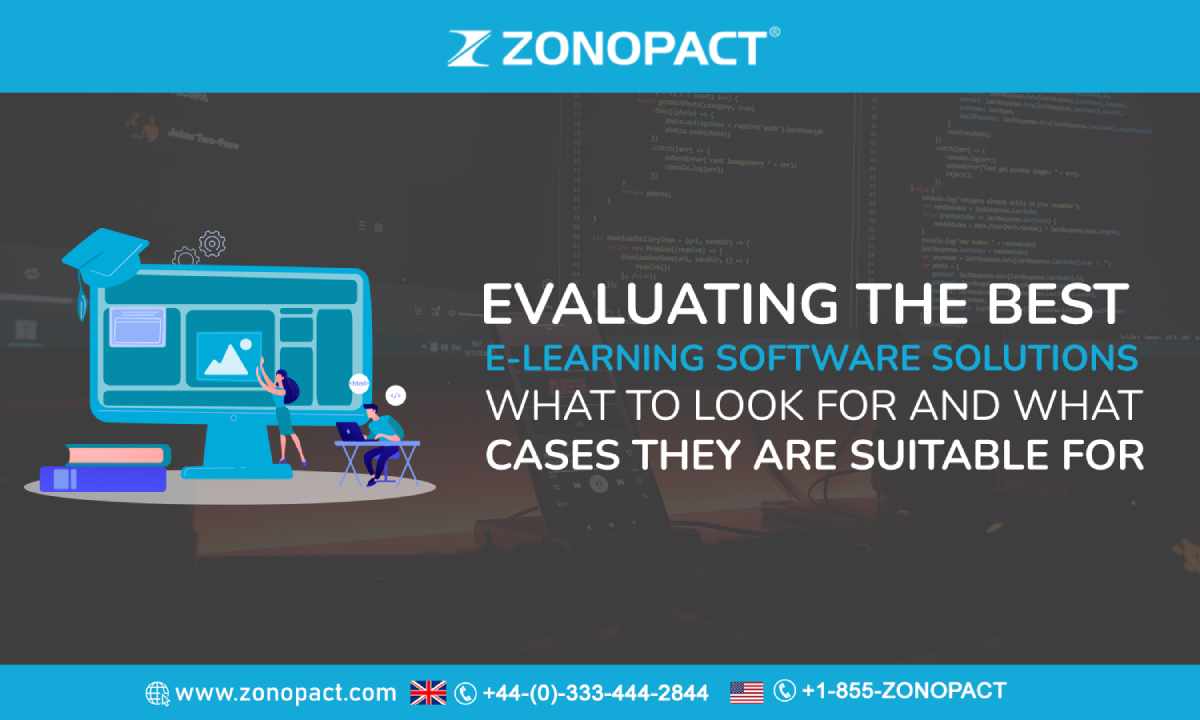
In today’s digital age, e-learning software solutions are becoming increasingly popular as businesses and educational institutions look for ways to reduce costs and increase efficiency. E-learning software provides a range of advantages, from improved scalability and accessibility to cost savings and increased engagement. However, with so many options available, it can be difficult to decide which e-learning software solution is best for your organization. In this article, we’ll discuss the key features and benefits to look for when evaluating the best e-learning software solutions, and the types of cases where these solutions may be most suitable. With this information, you’ll be able to make an informed decision and choose the best e-learning software to meet your organization’s needs.